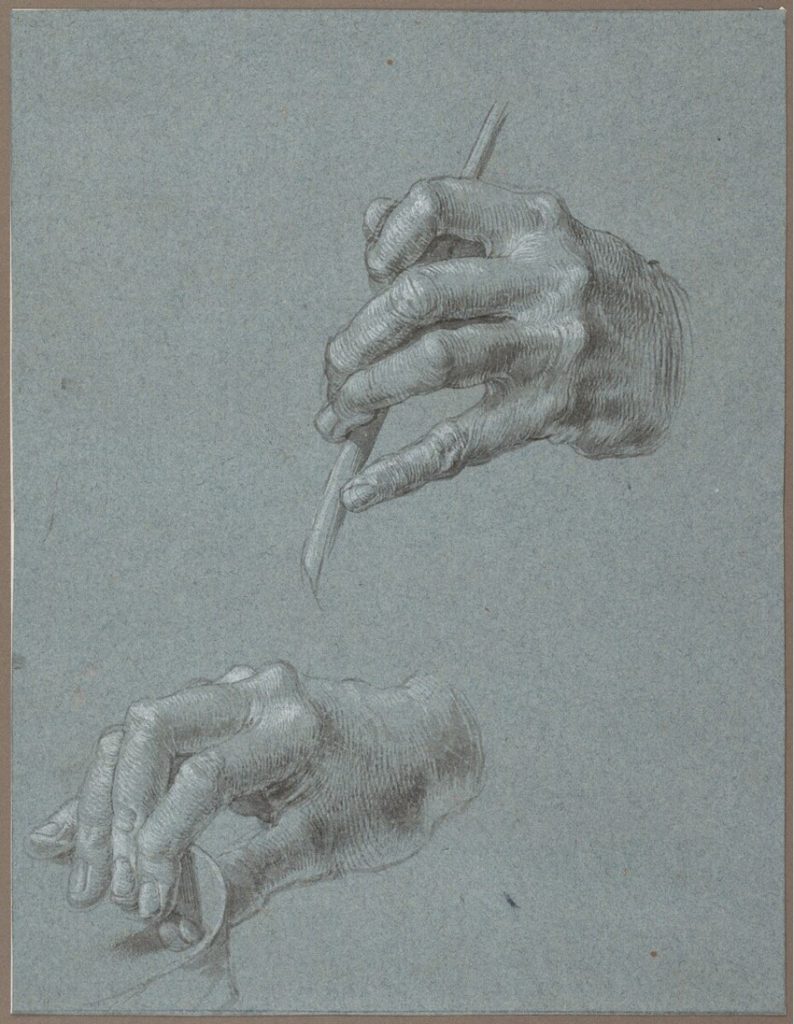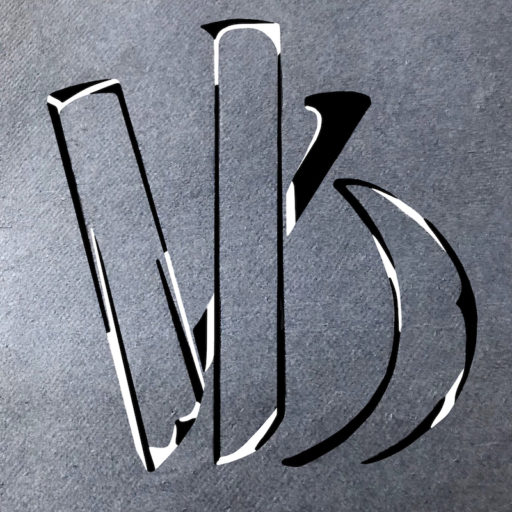
Artist | Albrecht Dürer (1471–1528)
Title | The Hands of St Dominic (Detail from Feast of the Rosegarlands)
Date | 1506
Medium | Brush and grey ink with white heightening on blue paper
Dimensions | 238 x 183 mm
Institution | Albertina, Vienna
Credit line | © The Albertina Museum, Vienna
Theme | The Human Form
Museum number | 26328
Born in Nuremberg, Albrecht Dürer (1471–1528) is an important draftsman for his coalescence of German and Venetian artistic traditions during the European Renaissance; he bridged Northern and Southern Europe. Upon his documented trip to Venice in 1505, Dürer encountered flourishing in advancements of geometry, technology, craft and design industries, and the prospering ability of Italian painters such as Jacopo de’ Barbari (ca. 1497–1516 ). It was this time in Venice and Dürer’s experience with the material of blue paper that transformed his drawings. The artist began a systematic inquiry into human proportion and form, studying various body types through mathematical calculation stemming from his interest in geometry and proportion. Additionally, his contact with blue paper transformed his drawing method. The paper allowed Dürer to explore tone, as evident in the drawing here (specifically along the fingers and around the knuckles), by cross-hatching with both white and black to create highlight and shade, because the paper acts as a middle tone. The coloured paper and methods that it generated advanced Dürer’s painting skills, which he noted regarding the painting for which this drawing is a study, Feast of the Rosegarlands. He wrote in a letter that this painting has ‘stopped the mouths of all the painters who used to say that I was good at engraving but, as to painting, I did not know how to handle my colours.’
GD
